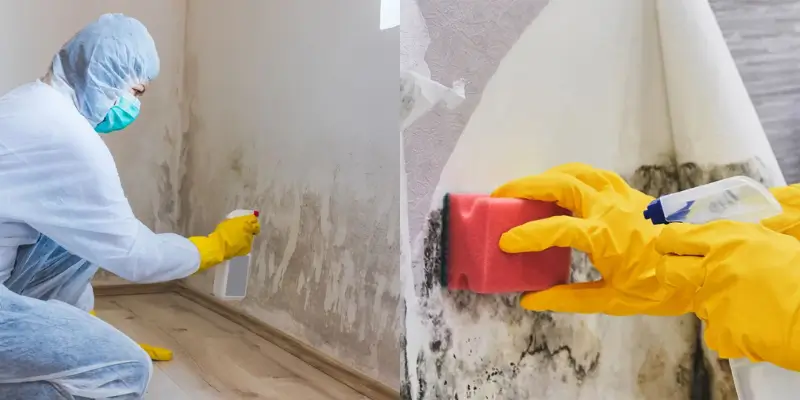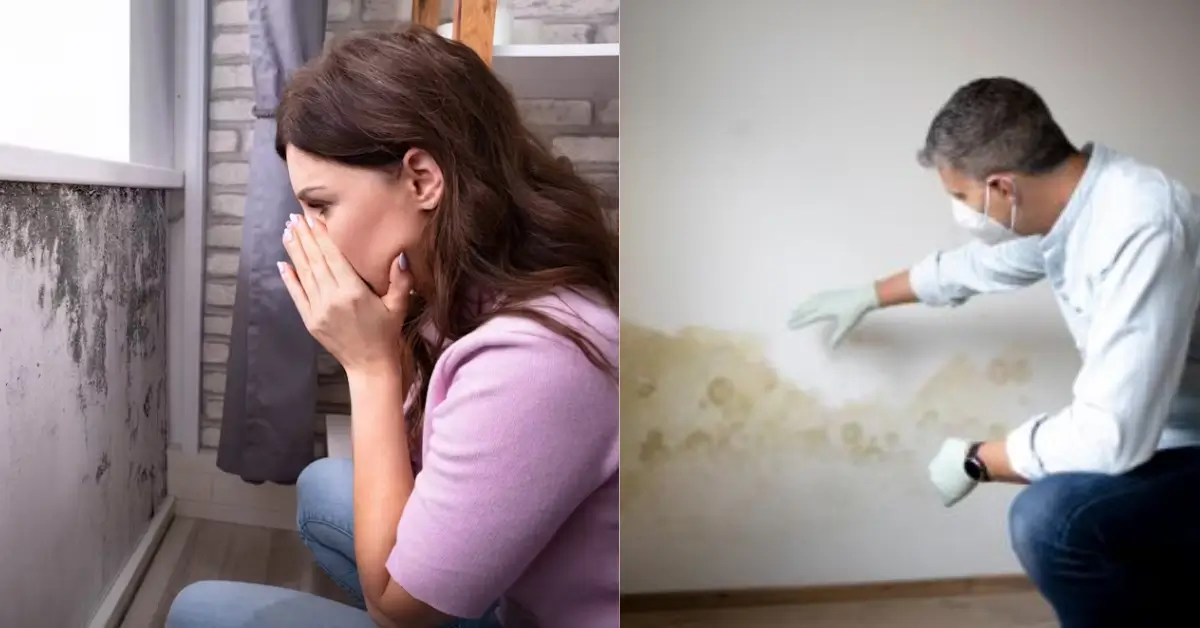Mold toxicity is a growing concern for many homeowners, and for good reason. The symptoms of mold toxicity can be severe and even debilitating, affecting every aspect of your life. From respiratory issues to neurological problems, mold toxicity can wreak havoc on your health.
But what exactly is mold toxicity, and how can you identify it? In this article, we’ll explore the 10 warning signs of mold toxicity, how it differs from a mold allergy, and what steps you can take to protect your health and home.
What Is Mold Toxicity?
Mold toxicity occurs when you’re exposed to biotoxins produced by mold spores. These biotoxins can cause a range of health problems, from mild to severe.
Unlike a mold allergy, which is an overreaction of the immune system, mold toxicity is a chronic condition that can persist even after you’re no longer exposed to the mold. The medical community is still debating the legitimacy of mold toxicity, but the evidence is clear: mold can make you sick.
Mold Toxicity Vs. Mold Allergy
A mold allergy is an allergic reaction to mold spores, causing symptoms like itchy eyes, congestion, and sneezing. These symptoms usually disappear once you’re no longer exposed to the mold. Mold toxicity, on the other hand, is a chronic condition that can cause a range of symptoms, from respiratory issues to neurological problems.
While a mold allergy is an overreaction of the immune system, mold toxicity is a toxic reaction to the biotoxins produced by mold spores.

Read Also: Sector NYT Crossword
10 Warning Signs Of Mold Toxicity
Identifying mold toxicity can be challenging, as the symptoms are often similar to other health problems. However, if you experience any of the following symptoms, it could be a sign of mold toxicity
- Respiratory issues are a common symptom of mold toxicity. If you experience itchy, watery eyes, coughing or wheezing, or shortness of breath, it could be a sign of mold toxicity.
- Allergic reactions are also a symptom of mold toxicity. If you experience hives or rashes, itchy skin, or redness and inflammation, it could be a sign of mold toxicity.
- Fatigue and brain fog are also common symptoms of mold toxicity. If you experience chronic fatigue, difficulty concentrating, or memory problems, it could be a sign of mold toxicity.
- Headaches and migraines are another symptom of mold toxicity. If you experience frequent headaches or migraines, sensitivity to light and sound, it could be a sign of mold toxicity.
- Immune system suppression is also a symptom of mold toxicity. If you experience frequent illnesses, infections, or a weakened immune system, it could be a sign of mold toxicity.
- Digestive issues are also a symptom of mold toxicity. If you experience diarrhea, nausea, or abdominal pain, it could be a sign of mold toxicity.
- Muscle and joint pain are also common symptoms of mold toxicity. If you experience joint pain or stiffness, muscle cramps, or weakness, it could be a sign of mold toxicity.
- Neurological problems are also a symptom of mold toxicity. If you experience vertigo, tremors, or numbness or tingling in extremities, it could be a sign of mold toxicity.
- Emotional disturbances are also a symptom of mold toxicity. If you experience anxiety, depression, or mood swings, it could be a sign of mold toxicity.
- Eye problems are also a symptom of mold toxicity. If you experience blurred vision, eye irritation, or sensitivity to light, it could be a sign of mold toxicity.
Steps to Take if You Suspect Mold Toxicity
If you suspect mold toxicity, it’s essential to take action immediately. First, contact a mold specialist to test your home for mold spores. Next, consult with your doctor to rule out other health problems.
Then, remove the source of mold exposure, use a dehumidifier to reduce moisture, and improve ventilation in your home.

Common Mold Problems With Ductless Mini Splits
Ductless mini splits are a popular choice for many homeowners, but they can also be a breeding ground for mold. The dark, warm, and moist environment inside the air handlers is perfect for mold growth.
If you have a ductless mini split, it’s essential to have it cleaned and maintained regularly to prevent mold growth.
Visit Also: Rod Wave Net Worth
Final Thoughts
Mold toxicity is a serious health concern that can affect anyone. By identifying the warning signs and taking action, you can protect your health and home.
Remember, mold toxicity is a chronic condition that requires medical attention. Don’t hesitate to seek help if you suspect mold toxicity.
FAQs
What is mold toxicity?
Mold toxicity occurs when you’re exposed to biotoxins produced by mold spores, causing a range of health problems.
How does mold toxicity differ from a mold allergy?
A mold allergy is an overreaction of the immune system, while mold toxicity is a toxic reaction to the biotoxins produced by mold spores.
What are the warning signs of mold toxicity?
The warning signs of mold toxicity include respiratory issues, allergic reactions, fatigue and brain fog, headaches and migraines, immune system suppression, digestive issues, muscle and joint pain, neurological problems, emotional disturbances, and eye problems.
How can I prevent mold toxicity?
You can prevent mold toxicity by removing the source of mold exposure, using a dehumidifier, improving ventilation, and having your ductless mini split cleaned and maintained regularly.







